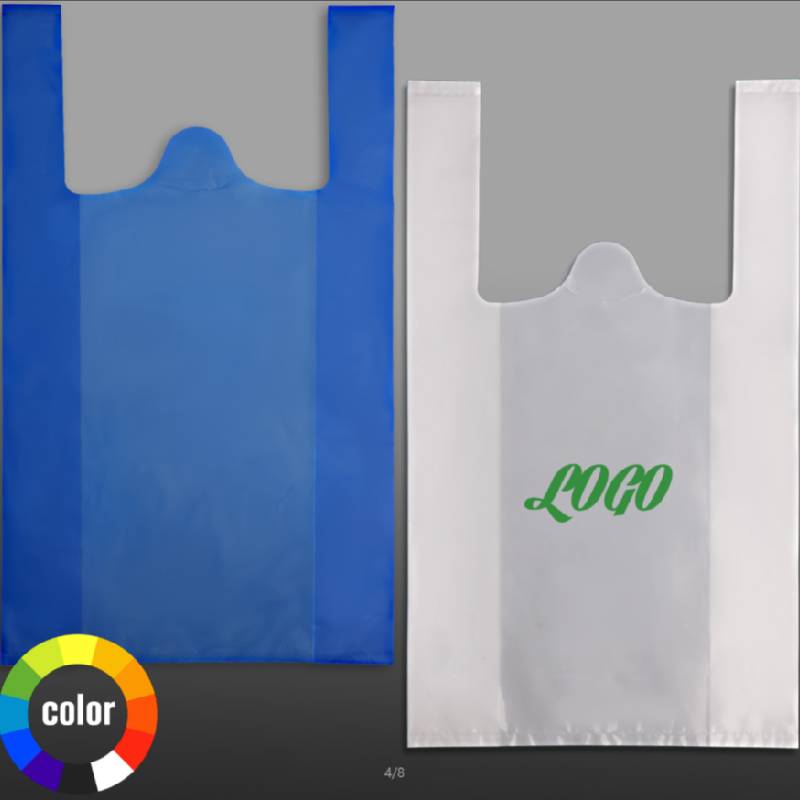Innovative Designs for Sustainable Paper Composite Containers in Eco-Friendly Packaging Solutions
The Emergence of Composite Containers A Sustainable Solution for Packaging
In recent years, sustainability has become a key focal point in various industries, particularly in packaging. Traditional packaging materials, primarily plastics and metals, have significant environmental footprints due to their production processes and challenges in waste management. As a response, the development of composite containers has gained traction, presenting a more sustainable and versatile alternative. This article explores the nature of composite containers, their benefits, applications, and future prospects in the realm of packaging.
Composite containers are made from multiple materials that are combined to leverage the advantages of each. Typically, these containers might consist of a combination of plastics, paper, and fiberglass, forming a lightweight yet robust structure. One of the primary advantages of using composites is their strength-to-weight ratio, which allows for reduced material usage without compromising durability. This characteristic is particularly important in the packaging industry, where transportation costs and energy consumption can be significantly affected by the weight of materials.
The Emergence of Composite Containers A Sustainable Solution for Packaging
Moreover, composite containers are often more environmentally friendly compared to conventional options. Many composite materials are designed to be recyclable or biodegradable, reducing their impact on landfills. The integration of renewable resources, such as bio-based polymers derived from plant materials, further enhances their sustainability profile. As consumers increasingly demand eco-friendly products, the shift towards composites presents an opportunity for companies to improve their environmental footprint and appeal to conscious buyers.
paper composite container

The versatility of composite containers is another factor driving their popularity. They can be molded into various shapes and sizes, making them adaptable for a wide range of applications. From food and beverage packaging to industrial products and consumer goods, composite containers can serve multiple sectors. For example, in the food industry, they are employed for items ranging from bulk cereals to single-serve snacks, providing strength, durability, and an appealing appearance that can attract consumers on the shelf.
However, the rise of composite containers is not without its challenges. The recycling processes for composites can be complex due to the combination of materials, which may require specialized facilities and technologies. Additionally, the initial development and production costs of composite packaging can be higher than traditional materials, posing a barrier for some manufacturers. Nevertheless, as technology advances and recycling infrastructure improves, these challenges are likely to diminish.
Another important aspect to consider is the regulatory landscape surrounding packaging materials. Governments and environmental organizations are increasingly implementing stringent regulations aimed at reducing plastic waste and promoting sustainable packaging solutions. As a result, businesses are under pressure to innovate and adopt more sustainable practices. Composite containers, with their potential for lower environmental impact, are well-positioned to meet these regulatory demands.
In conclusion, composite containers represent a promising advancement in packaging technology, marrying functionality with sustainability. Their unique properties, adaptability, and environmental benefits position them as an appealing choice for a variety of applications. As industries continue to embrace green practices and consumer preferences shift towards sustainable options, the future of composite containers looks bright. Investing in research, development, and the optimization of recycling processes will be crucial in realizing the full potential of composite materials, ensuring they play a key role in fostering a more sustainable packaging ecosystem for generations to come.
-
The Best Uses for Small Trash Bags in Daily LifeNewsJul.01,2025
-
Stylish Reusable Grocery Bags TrendsNewsJul.01,2025
-
Shipping Advantages of Using Bubble Envelopes BulkNewsJul.01,2025
-
How Compostable Mailing Bags Reduce Environmental ImpactNewsJul.01,2025
-
Environmentally - Friendly Bulk Poly MailersNewsJul.01,2025
-
Eco Friendly Custom Laminated Tote BagsNewsJul.01,2025
-
Have the freedom of customizing your custom mailers any way you want! Our dedicated packaging support will help deliver you the mailing experience you need to elevate your shipping experience to the next level! Start making a strong impression on your customers and stand out from your competitors! -
LIYA uses high quality raw materials which directly purchased from large enterprises domestic and overseas such as PetroChina, Sinopec, Sabic, Equate, ExxonMobil, Dow Chemical, Total, and Borouge, ensuring the price advantage and quality of the raw materials. -
LIYA uses high quality raw materials which directly purchased from large enterprises domestic and overseas such as PetroChina, Sinopec, Sabic, Equate, ExxonMobil, Dow Chemical, Total, and Borouge, ensuring the price advantage and quality of the raw materials.





